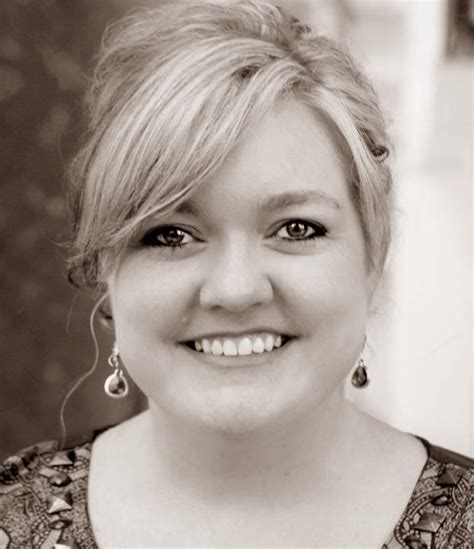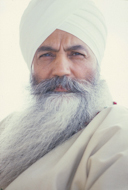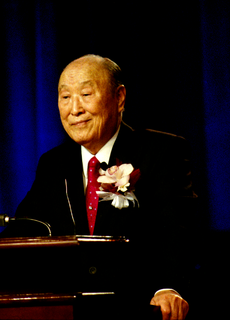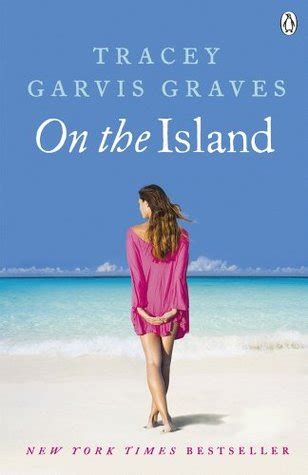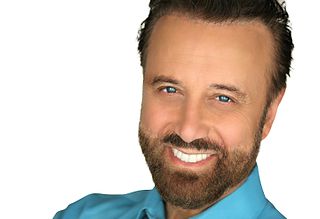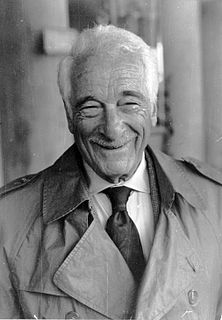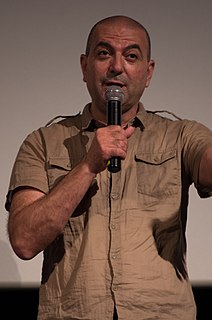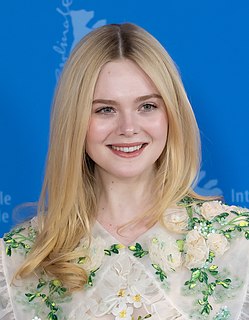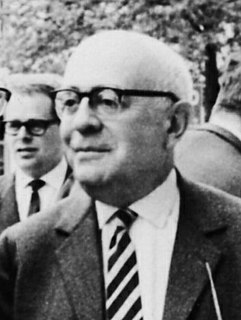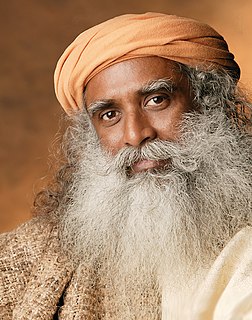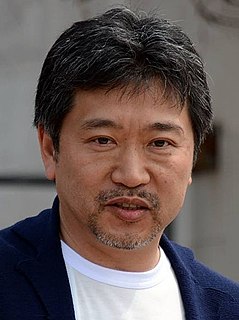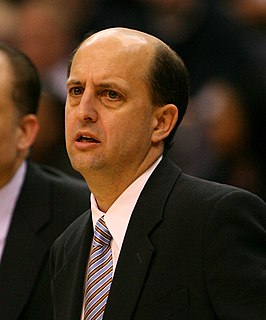A Quote by Colleen Hoover
It's amazing how much distance one truth can create between two people.
Related Quotes
I wonder how many marriages are fractured and damaged beyond repair by complacency rather than any single traumatic event. One day you wake up and realize that the distance between you and your spouse has grown to such an enormous width that neither of you are capable of clearing the distance. No matter how much speed you build up, or how far you can jump, it's just there. Gaping and unforgiving.
There is really no fiction or non-fiction; there is only narrative. One mode of perception has no greater claim on the truth than the other; that the distance has perhaps to do with distance - narrative distance - from the characters; it has to do with the kind of voice that is talking, but it certainly hasn't to do with the common distribution between fact and imagination.
As an American, you appreciate the importance of our security alliance, the importance of the economic ties between our two countries, and while I knew of the two bonds between our two people, until I came here, I didn't really appreciate how deep the people-to-people connections are between the American people and the Japanese people.
I like movies that deal with trapped men. Men that need to make choices that are not obvious or easy choices. Then how do you visualize this? You create this character conflicted between two sides, because drama is about the conflict of two things, between your duty and your will, between what you want and what you can't have. It is all conflict between two things, and this is why you put your character in a place where you can visualize the conflict.
How forthright does the audience want the broadcasters to be? Because when you tell your truth, there's a lot of anger that comes out. I think it's a good question to ask TV people [executives] too. How much truth do they want to be told? How much truth does the league want told? Because the truth isn't just a positive truth. If you're going to tell the truth, you would be telling a lot of positive and some negative.
